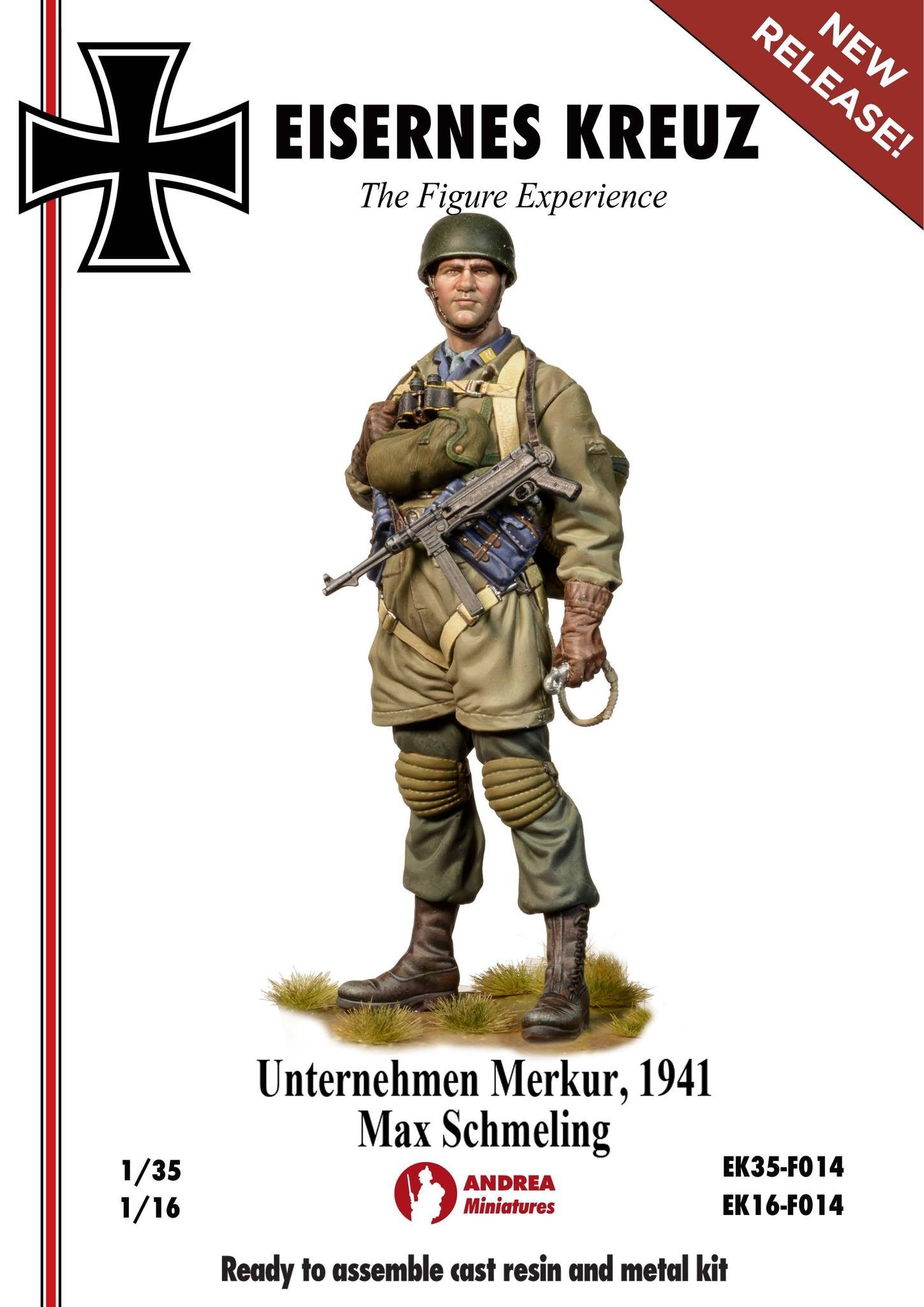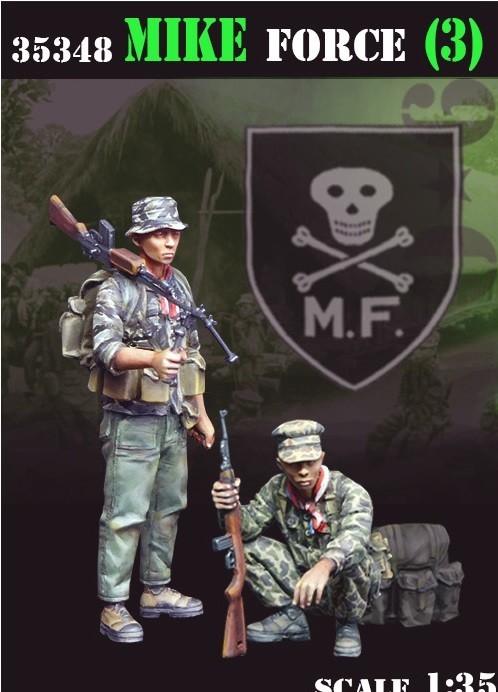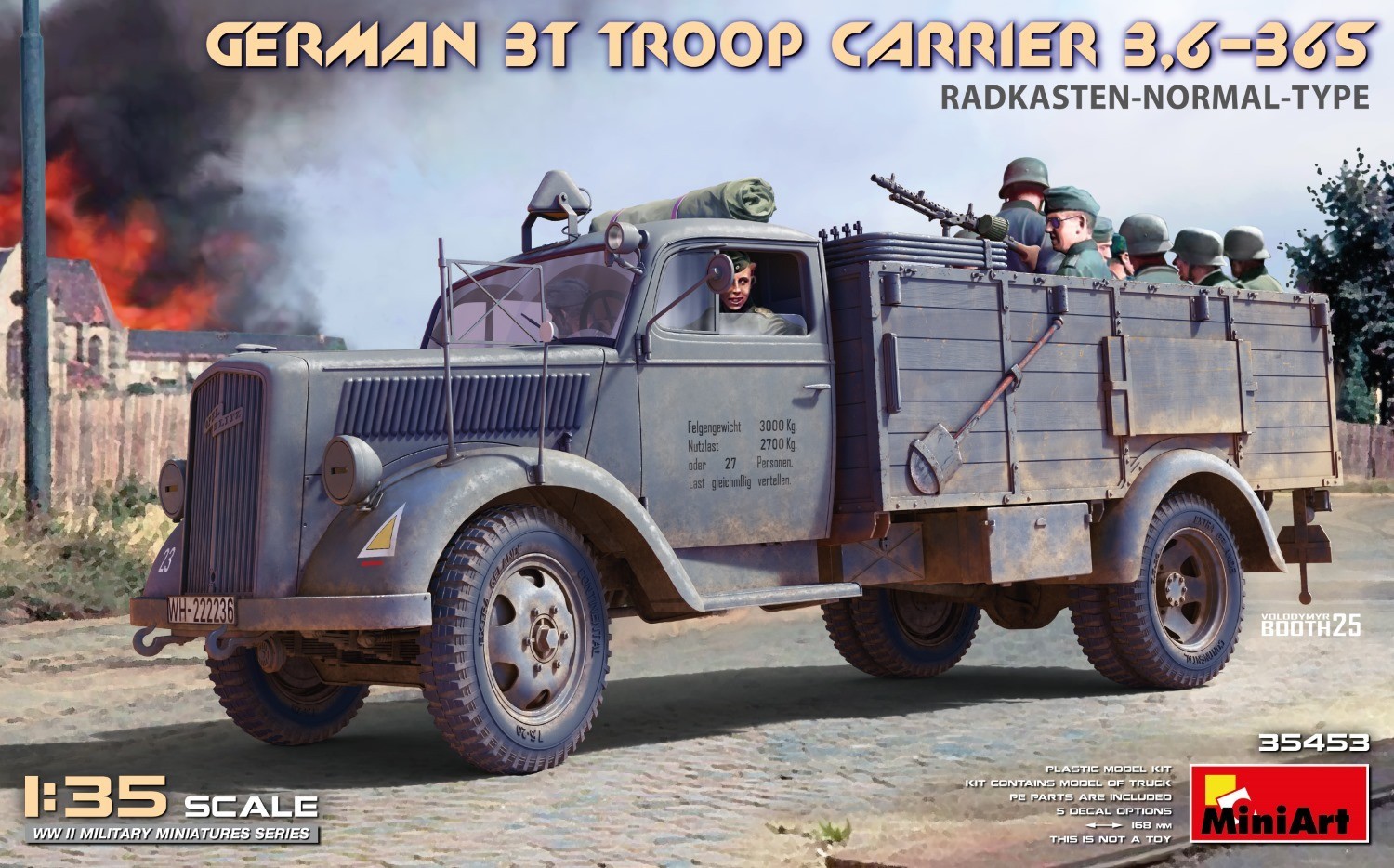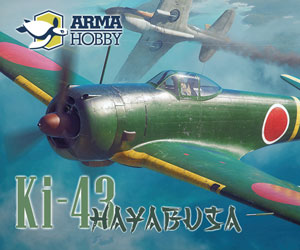From the publisher, 'Throughout World War II all sides grappled with how to deal with the threat of enemy armour. The German Army had adopted the 3.7cm anti-tank gun in the inter-war years. However, it was already apparent that the towed weapons lacked firepower and more powerful weapons were introduced in 1942 and 1943.
By 1942, hard-pressed Panzerjäger (anti-tank) units equipped with towed anti-tank weapons fighting on the Eastern Front increasingly sought assistance from StuG-equipped assault artillery units. By late 1943 the StuG was being issued to new tank destroyer units and at the same time a dedicated Jagdpanzer (hunting tank) was ordered, based on the chassis and running gear of the PzKpfw IV.
This highly illustrated study by German armour expert Thomas Anderson uses archival material and after-action reports to describe the development of the Jagdpanzer, and the many variants built on other German tank chassis. It also covers in detail how Jagdpanzer units were organized as well as their operational experience on the battlefield.'
Table of Contents
Introduction
Chapter 1: Anti-tank Defences: 1935–1939
Chapter 2: From Panzerabwehr to Panzerjäger
Chapter 3: Russia: 1942–1943
Chapter 4: The first Jagdpanzer
Chapter 5: Jagdpanther
Chapter 6: Jagdpanzer 38
Chapter 7: Jagdtiger
Chapter 8: Weaponry
Chapter 9: Allied and Soviet Types
A very quick read, the text is well supported with numerous illustrations throughout. As listed above, the book covers the subject very well without going into excessive detail or off on a tangent. Good use is made of first person accounts, period references, for example page 168 on the JgdPz 38, quotes Nachrichtenblatt der Panzertruppe (Bulletin of the Armoured Forces), about how well the JgdPz fared as a tank hunter that was well liked by its crews, and analysis of developments.
There are some real gems hidden among the illustrations, including the proposed auto loader in the Jagdpanther, see below, and the driver training Jagdpanther, not included here. About the only criticism I could come up with also relates to the illustration in that the captions could have benefited from some / better editing. For example, the image of the JgdPz 38 on page 176 is the same vehicle moments later as seen on page 177, but the captions do not regonise this; and the image from 176 is repeated again on pages 178, 179 with a different caption. Similarly, there are two examples of a couple of images of the Jagdtiger repeated with different captions. One error that particularly stood out to me was the image page 64 of the Pak 88 on a 251 halftrack where the gun is described as a 7.5cmPak 42 L/70. Odd.
I did think the chapter on Allied and Soviet types was redundant, with the space better used to expand on the eponymous vehicles, there being enough material to write several books on.
That notwithstanding, easily a good reference on Jagdpanzer, good narrative supported with incredible images. Recommended.
What they started with
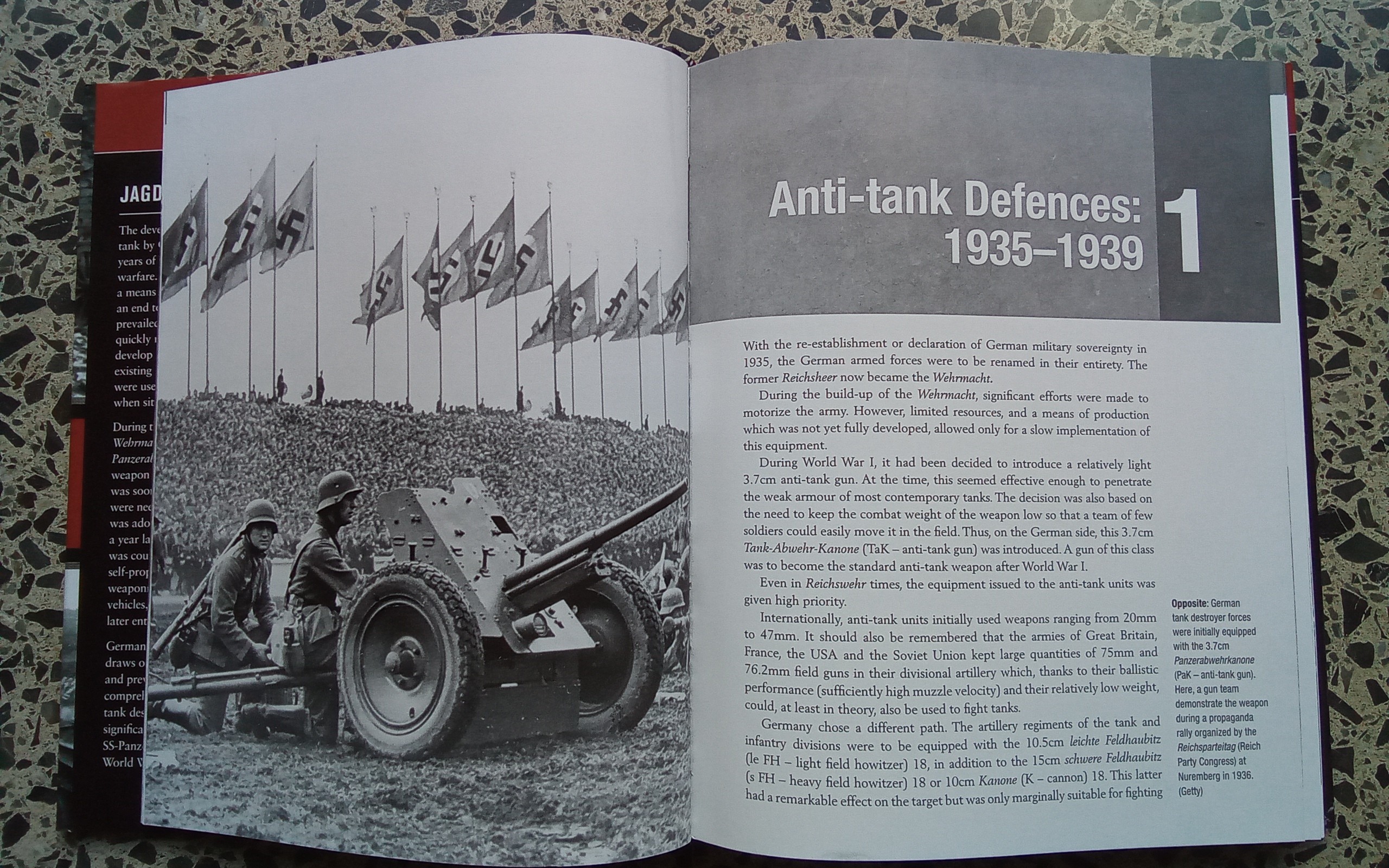

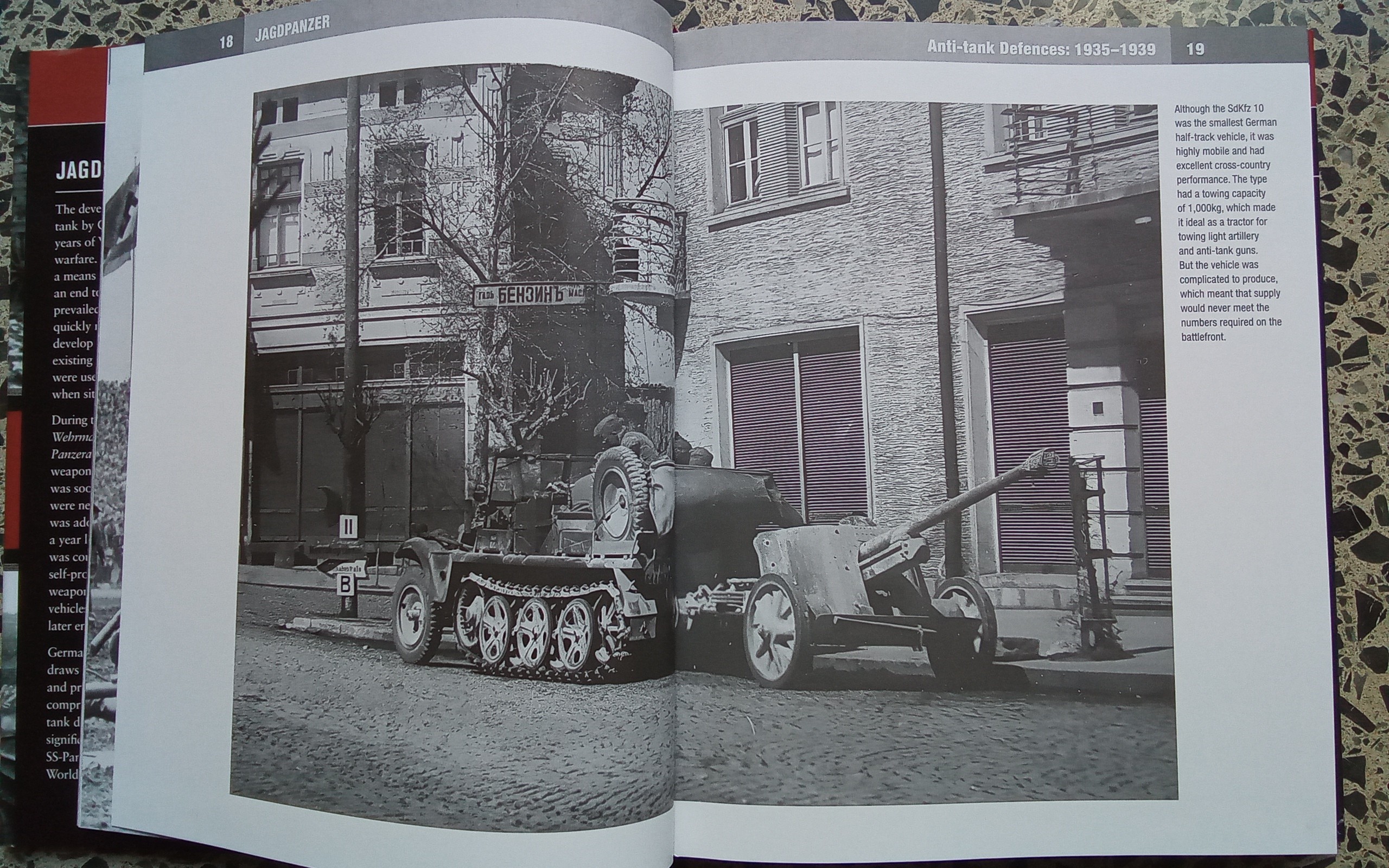
Apex predator...
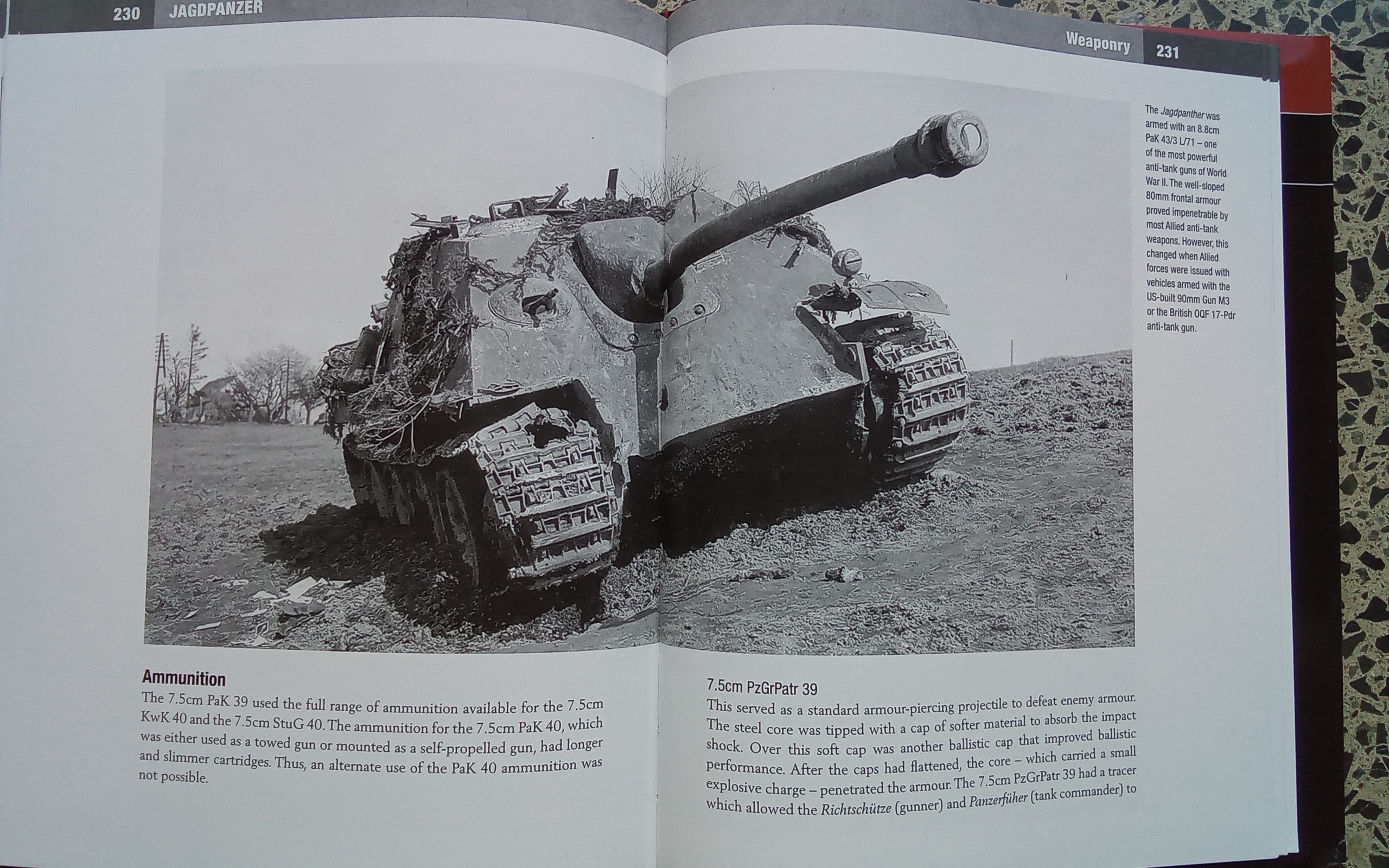
this image is seen a couple of times in the book
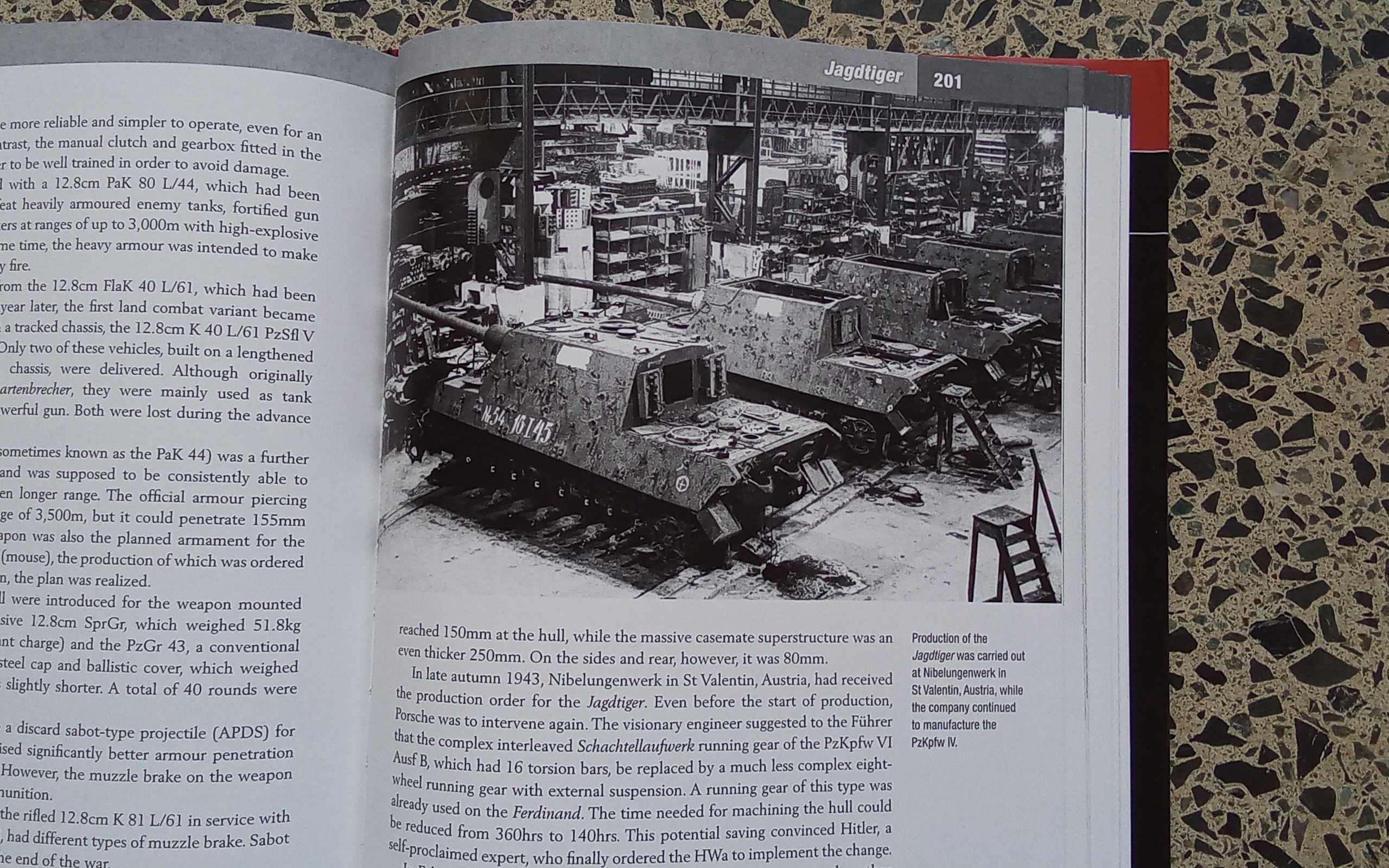
nice detail images

something not seen frequently
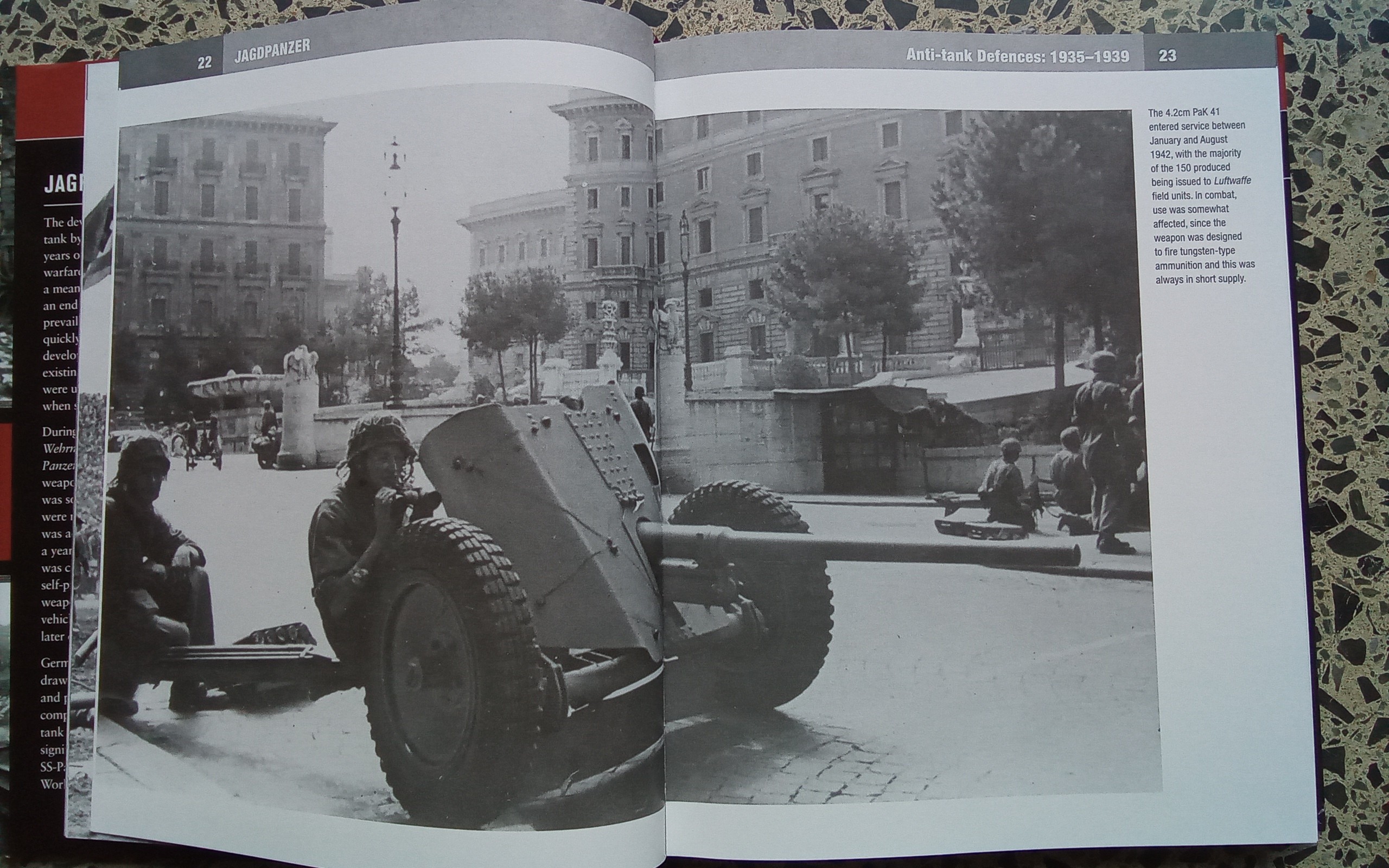
modelling inspiration
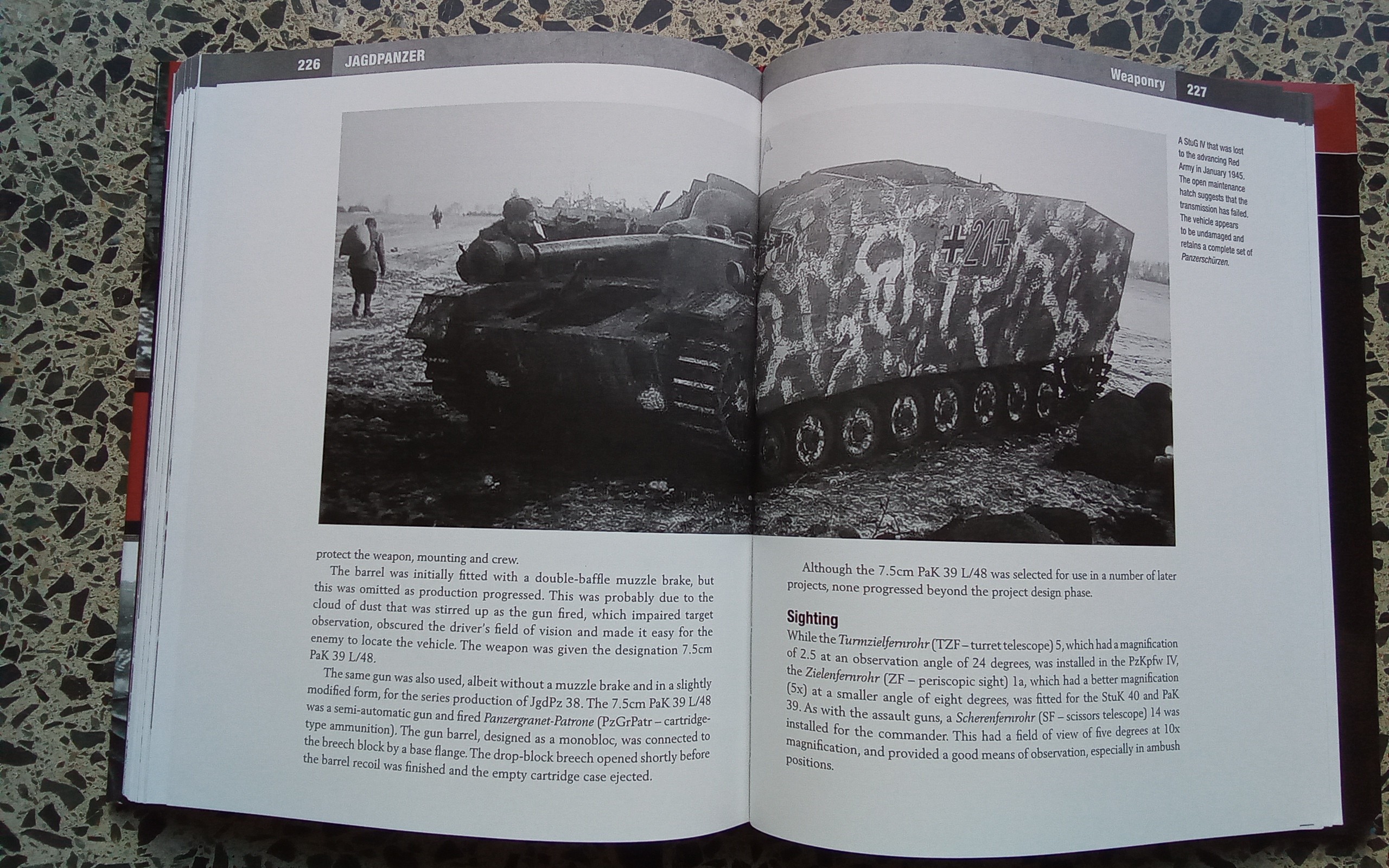
that auto-loader,


















